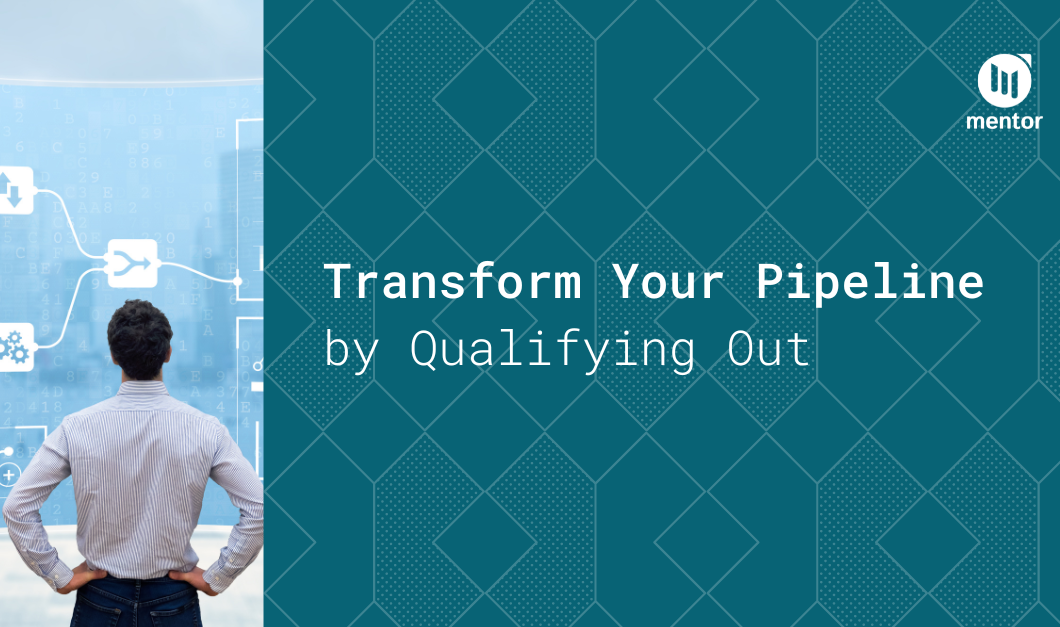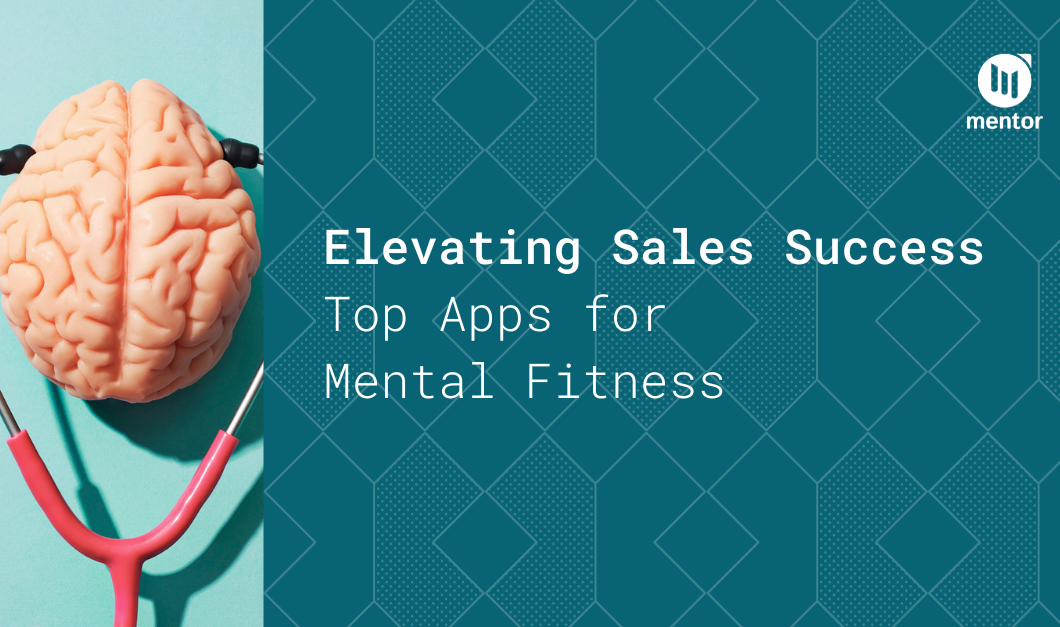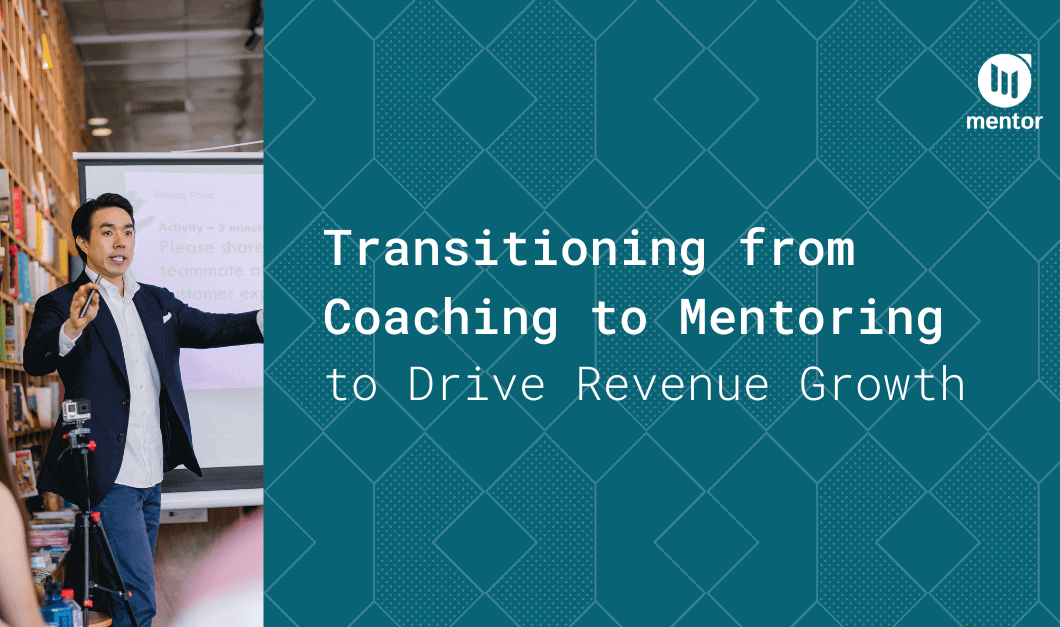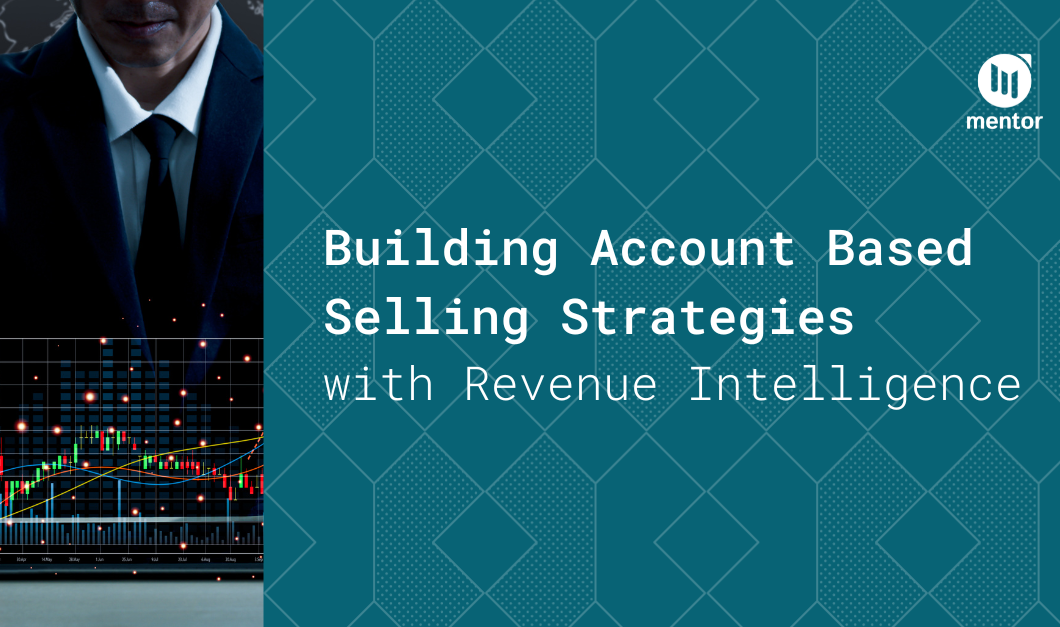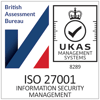Mentor Group have a reputation for delivering sales enablement with excellence across their global client base, but increasingly they have developed a strong track record of using technology to further embed sales enablement programs to drive even more value for their stakeholders.
This includes working with AI projects like Digital Humans and Synthetic Media, the metaverse, and Virtual Reality (VR).
As a technology, VR isn’t new, but the recent commoditisation of headsets and simpler deployment options are quickly making this a valuable tool in any sales enablement program.
This paper will help you understand the use of VR in sales enablement, highlighting its benefits and limitations, whilst exploring some best practices in execution and delivery.
History of VR
It’s easy to think of VR as a new or even emerging technology, but the term actually dates to the 14th century. The technology however didn’t really get going until the mid 1970’s where there were basic flight and driving simulators. Even back then, VR was being used to give people an experience of an activity so they could learn to do something.
The technology started to boom in the late 1980’s as it caught up with the vision and the development of VR headsets. This migration to a headset was, of course, the game changer as it allowed individuals to fully immerse themselves in environments that were not there, and removed the need for an entire room or large screen.
However, the promise of VR was stymied by huge costs and a lack of portability. This relegated VR to large-scale applications like medicine and the military where these issues were less of a problem.
Recently, breakthroughs in computing power, wireless technologies and bandwidth have finally allowed us all to have access to a VR headset, which for the most part, costs less than the mobile phone we have in our pockets. VR for the masses.
Not practicing on customers
As anyone in sales enablement knows, the hardest part of an initiative is ensuring that what you are teaching and enabling is being used in practice. From a training perspective, that is the ability to apply what you have learnt in a real-world context.
The reasons why this is difficult are numerous, but largely it comes down to one simple fact; it’s hard to practice sales effectively. The sad truth is, the first time a seller tries to use a new skill, it is with a customer. In other words, your sellers are practicing on your customers!
The good news is, VR is a great solution to this problem, as we are in a position now where we are able to build real customer simulations that allows a seller to practice what they have learnt in a customer-free environment.
Working with our clients, we have built environments and scenarios to support sales enablement programs such as negotiation, handling objectives, getting past gatekeepers and questioning.
A safe place to coach
In addition to providing a customer simulation, we don’t need to be limited to customer interactions.
Another important part of our sales enablement programs is working with sales managers to enable them to get the best out of their sellers through coaching. We know from our Sales Management System work that you can achieve a 10x ROI when you embed coaching for sales managers in any enablement program.
But just like with a customer interaction, the first time most managers are using their new coaching skills is with your most valuable asset; your sellers.
Through the use of VR, we have been successful in delivering powerful sales manager enablement programs that allow the managers to practice their coaching skills in areas like opportunity and pipeline management, forecasting and performance management.
The impact
Now this is where things get interesting. After delivering VR enablement in the last year, we have had one stand out comment. Well, actually, it’s more of an emotion: ‘Wow, that felt so real.’
What’s important about that comment is it shows just how powerfully sellers can engage with VR: so much so that it creates a visceral and emotional connection between the enablement content and the seller.
As anyone involved in training will tell you, this is the holy grail. We know when there is an emotional connection, the learning sticks, and if the learning sticks, you are going to get the transformation you wanted and the ROI you would expect.
Another less obvious benefit has been engagement. We have all been in courses where we have checked our phones or emails, but watch any VR program and that simply does not happen. This is because it’s pretty hard to use your phone and the headset simultaneously! It’s a throw away point but more important than you think as fully engaged learners are the ones that walk away different.
Despite the obvious benefits, it’s not all plain sailing and we’ve learnt a lot on the way. Here are our top 3 lessons from working with clients.
Apply, don’t train
In all our work with VR, one of the key lessons has been that VR has been excellent for embedding learning and creating experiences where sellers can apply their knowledge, but it has not been a good place to actually deliver the learning.
In our early work we thought it would be brilliant to get sellers to have learning experiences inside VR, but in reality, it just ended up functioning as a video watching experience, which is neither engaging or fun; quite the opposite, in fact
Now we are experimenting with other ways to do this using the metaverse, but this is in its infancy, and whilst there is some promise, the overwhelming feedback is that the actual learning process is not best suited to VR delivery, but rather it’s the application of learnt content that thrives in a virtual environment. But watch this space as we continue to push the boundaries...
KISS – Keep it short and simple
We have all heard and used the KISS acronym before, but rather than the standard Keep It Simple, Stupid, when it comes to VR it’s about keeping it Short and Simple.
The reason for this is a combination of practicalities and human physiology.
At present most people are new to VR, and putting someone in a VR experience is already relatively mind blowing. When you begin to add in the requirement to move, pick things up, duck, spin or jump, it all becomes too much to process all at once, and we have seen people be so distracted by the novelty of the environment that they learn nothing.
Combine that with the problems of motion sickness and the need for physical space, you soon realise that short and simple is the sweet spot. We’ll expand upon this in the best practice section of this paper, but in the meantime...
It’s all in the execution
Probably the most critical lesson of all is ensuring you are managing the experience of the actual delivery. You can have the VR in the world but if it’s hard to access, it will fail.
Even foundational things like ensuring the headsets are charged or are able to easily access the Wi-Fi cannot be overlooked. Get these wrong and even before the session is started, the learners are fed up and uninterested.
Have a read through our best practice section for handy tips to help you get it right, and watch your enablement sessions blow their socks off.
Best Practices with VR
To help you get the most out of your VR enablement, here are some best practices we have learnt(often the hard way).
- A session in VR should take no longer than 15 minutes without a break. Much longer and you can get issues with motion sickness, which is not a great thing in training
- Design your VR session to be taken sat down. This means you can be more focused on the experience and not whether someone is going to bump into their workstation
- Ensure people are sat on swivel chairs. VR is supposed to be a 3600 experience so make it accessible to allow people to swivel around and not just twist and contort their neck
- Check, double check and triple check WIFI access. As a VR headset is essentially a mobile device, you need to ensure it can connect to the internet. This isn't normally a problem for home users, but can be a challenge with corporate networks, especially those that require single sign on (SSO)
- Make sure you have chargers available. Of course, every headset should be charged before the session, but chances are someone didn’t turn it off properly last time and so the battery is drained. For the sake of a few chargers and cables it’s worth the effort and people can share a headset… unless they both have very small heads
- Think about headphones. Most of our VR content includes immersive video and sound so if you are in a group setting, hearing other people’s audio is downright annoying at best. Get some headphones and smooth out the sound. Over the ear sets work best
- Keep logins simple. Typing on a virtual keyboard with just a pointer is irritating and slow. If you need to have logins, find ways to make sure the interaction is as short as possible. We use 6-character codes which have been game changing
- Create a welcome video. Ensuring people know what to expect before they start has been a key ingredient in our success. We have created unboxing videos or simply a recording of what it’s going to be like and it has smoothed over any initial nerves. Believe it or not, the majority of people are nervous about the experience
Conclusion
VR represents just one of the ways technology is driving change in sales enablement. From our experience, when used to apply knowledge, VR represents one of the very best ways to embed your learning, but most importantly of all, it positions you and your sales organisation as one that is leading the charge; essential if you want to attract and retain the very best people.


